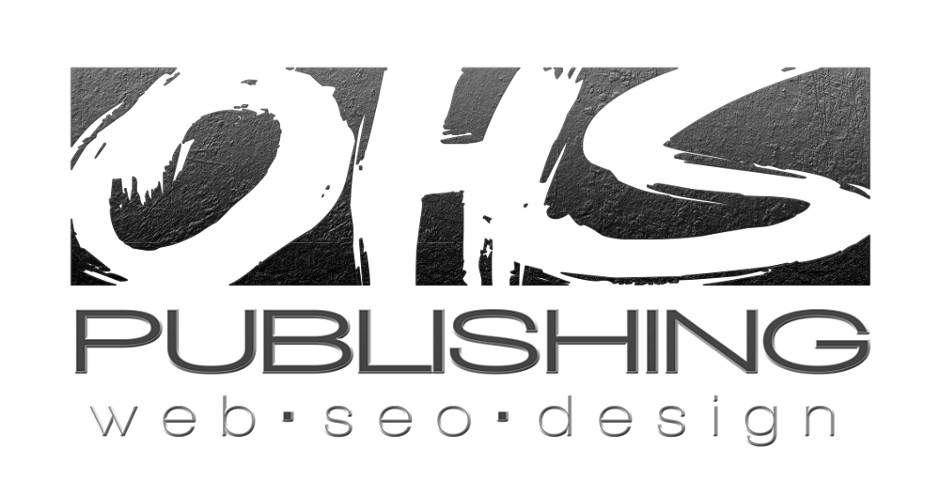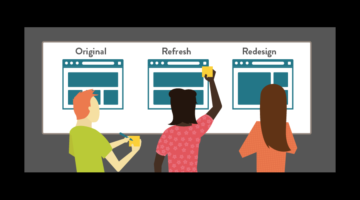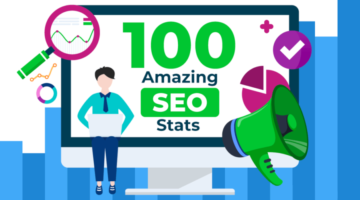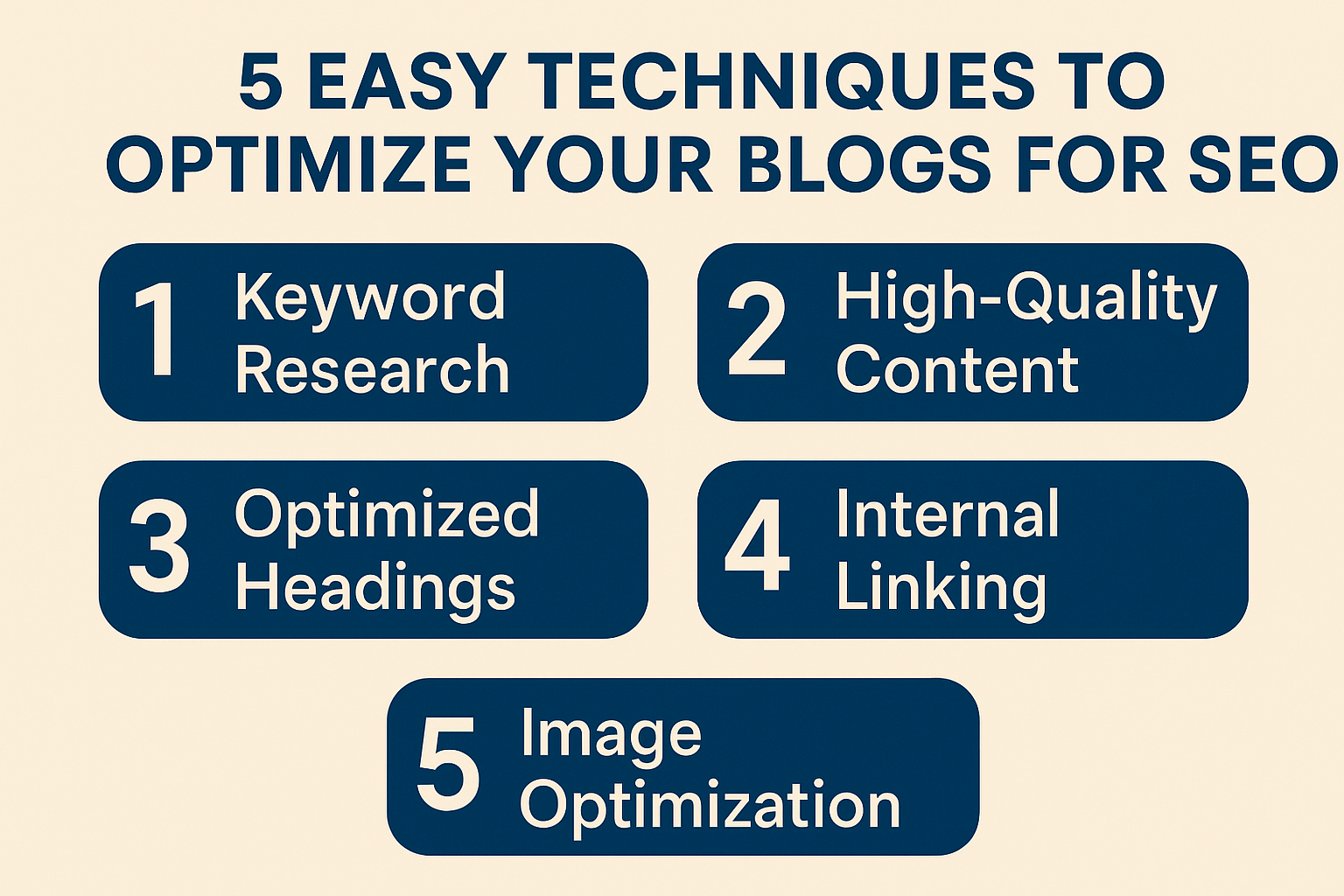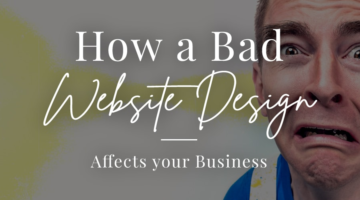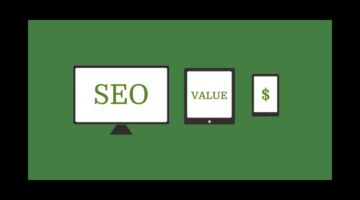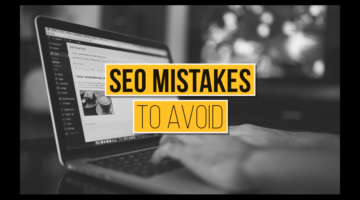Why Your Website Is Your Hardest-Working Employee in 2025
Avoiding the Cost of Bad Design: How a Poor Website Can Impact Your Leads and Credibility
In today’s digital landscape, your website acts as a pivotal player in your business strategy, working tirelessly around the clock to attract and convert potential customers. The design and functionality of your site are crucial, serving as the first impression many will have of your brand. With the rapid evolution of web design trends, particularly as we approach 2025, ensuring your website meets modern expectations is more essential than ever. From AI-driven personalization to mobile-first design, these elements can significantly impact your site’s performance and your business’s bottom line. In this post, we will explore how innovative web design can enhance your website’s ROI and prevent the costly repercussions of bad design.## The Role of Smart Web Design
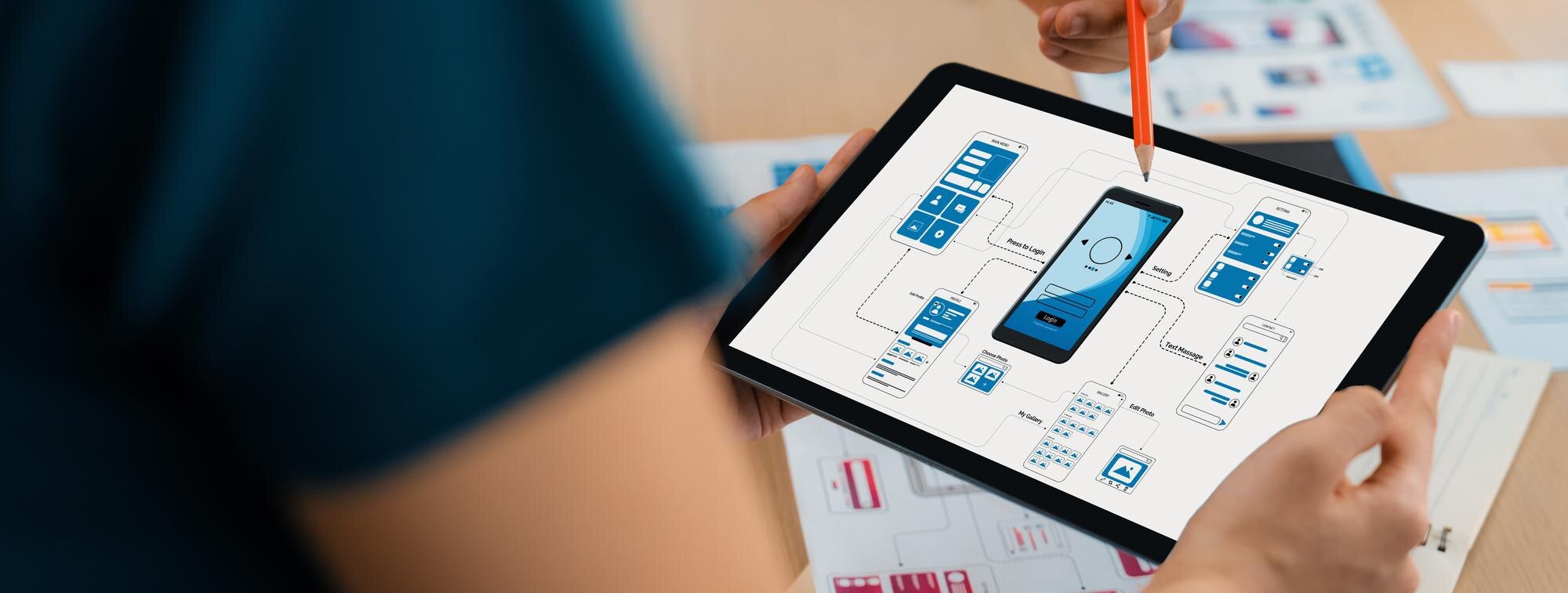
Innovative web design is the foundation of a successful online presence. It goes beyond aesthetics, focusing on functionality, user experience, and business goals. Let’s explore how it attracts visitors, builds credibility, and enhances user experience.
Attracting and Converting Visitors
A well-designed website acts as a magnet for potential customers. It uses visual appeal and intuitive navigation to draw users in and keep them engaged.
Practical design elements, such as clear calls-to-action and strategically placed contact forms, guide visitors toward conversion. These elements make it easy for users to take the next step, whether it’s making a purchase or requesting more information.
Innovative web design also incorporates SEO best practices, ensuring that your site ranks well in search results and attracts organic traffic. This combination of visual appeal and technical optimization creates a powerful tool for attracting and converting visitors.
The Impact on Business Credibility
Your website is often the first point of contact between your business and potential customers. A professional, well-designed site instantly boosts your credibility and trustworthiness.
Consistent branding, high-quality content, and a user-friendly interface all contribute to a positive first impression. These elements show that you value your online presence and, by extension, your customers.
On the other hand, a poorly designed website can hurt an online business by damaging credibility and driving potential customers away. Investing in innovative web design is an investment in your business’s reputation.
Enhancing User Experience
User experience (UX) is at the heart of innovative web design. A well-designed site anticipates user needs and provides a smooth, intuitive journey through your content.
Fast loading times, easy navigation, and mobile responsiveness are key components of good UX. These elements ensure that users can find what they’re looking for quickly and easily, regardless of the device they’re using.
By prioritizing user experience, you not only keep visitors on your site longer but also increase the likelihood of conversions and repeat visits.
2025 Web Design Trends
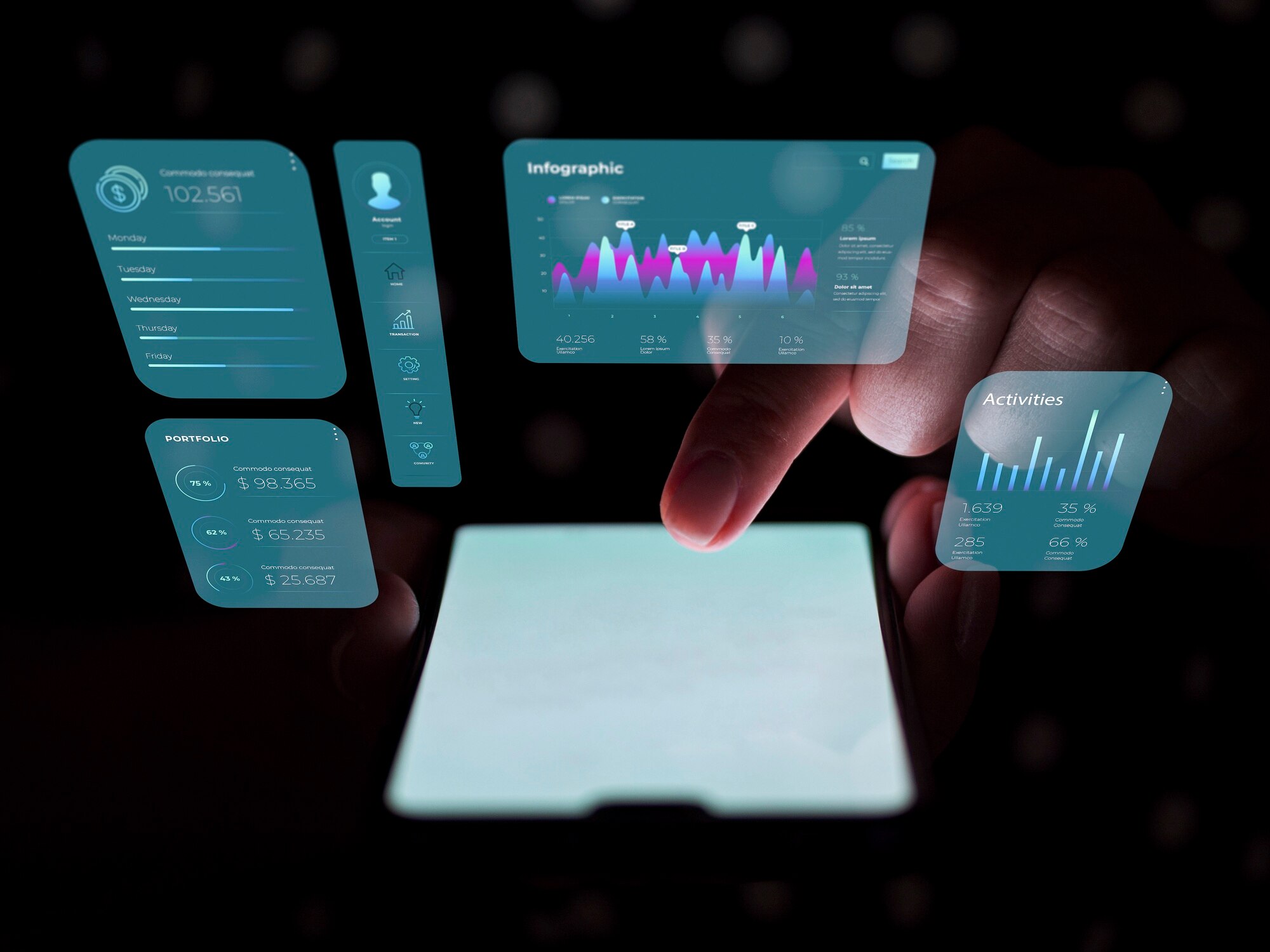
As we approach 2025, web design continues to evolve. Staying ahead of these trends is crucial for maintaining a competitive edge. Let’s explore some key trends that will shape the future of web design.
Embracing Mobile-First Design
Mobile-first design is no longer a trend; it’s a necessity. With more users accessing the internet via mobile devices, websites must be optimized for smaller screens.
This approach prioritizes the mobile user experience, ensuring that your site looks and functions perfectly on smartphones and tablets. It involves simplifying layouts, using touch-friendly elements, and optimizing images for faster loading on mobile networks.
Mobile-first design also improves your site’s SEO, as search engines prioritize mobile-friendly sites in their rankings. By adopting this approach, you ensure that your site remains accessible and effective across all devices.
AI Personalization in Action
Artificial Intelligence (AI) is revolutionizing web design by enabling personalized user experiences. AI algorithms analyze user behavior and preferences to tailor content, product recommendations, and even design elements in real-time.
This level of personalization enhances user engagement and increases the likelihood of conversions. For example, an e-commerce site might use AI to show products based on a user’s browsing history or to offer personalized discounts.
As AI technology continues to advance, we can expect even more sophisticated personalization features that make each user’s experience unique and highly relevant.
Importance of SEO Strategies
SEO remains a critical component of web design in 2025. Search engines continue to evolve, placing greater emphasis on user experience, content quality, and site performance.
Effective SEO strategies go beyond keyword optimization. They include technical elements like site speed, mobile responsiveness, and secure connections (HTTPS). Content strategies focus on creating valuable, relevant content that answers user queries and establishes your site as an authority in your field.
By integrating SEO best practices into your web design, you ensure that your site not only looks great but also performs well in search rankings, driving organic traffic and potential customers to your business.
The Cost of Bad Design

While good design can boost your business, bad design can have severe negative impacts. Let’s examine the costs associated with poor web design and how they can affect your business.
Lost Leads and Revenue
A poorly designed website can be a significant waste of money, leading to lost leads and revenue. When visitors can’t find what they’re looking for or encounter frustrating user experiences, they’re likely to leave your site and turn to competitors.
High bounce rates and low conversion rates are common symptoms of bad design. These metrics directly translate to lost business opportunities and decreased revenue.
Moreover, a poorly optimized site may not rank well in search results, reducing your visibility to potential customers and further limiting your lead generation potential.
Damage to Brand Credibility
Your website is often the first impression potential customers have of your brand. A poorly designed site can severely damage your credibility and professional image.
Outdated designs, broken links, and confusing navigation all contribute to a negative perception of your business. Visitors may question the quality of your products or services based on the quality of your website.
This loss of credibility can have long-lasting effects, as dissatisfied visitors are unlikely to return and may share their negative experiences with others.
Competitive Disadvantages
In today’s digital landscape, your website is often the battleground where you compete for customers’ attention and business. A poorly designed site puts you at a significant disadvantage.
Competitors with more user-friendly, visually appealing, and functionally superior websites are likely to attract and retain more customers. They may also rank higher in search results, further widening the competitive gap.
Investing in good web design is not just about improving your own site; it’s about staying competitive in an increasingly digital marketplace.
Case Studies and Success Stories

Real-world examples provide valuable insights into the power of sinnovativeweb design. Let’s look at some success stories and the lessons we can learn from high-performing sites.
Revenue Growth Through Redesign
Many businesses have experienced significant revenue growth after redesigning their websites. For example, a mid-sized e-commerce company saw a 150% increase in online sales within six months of launching their redesigned site.
Key factors in their success included:
-
Improved mobile responsiveness
-
Streamlined checkout process
-
Enhanced product visualization
-
Personalized product recommendations
This case study demonstrates how strategic design changes can directly impact bottom-line results.
Lessons from High-Performing Sites
Analyzing high-performing websites reveals common elements that contribute to their success. These often include:
-
Clear, compelling value propositions
-
Intuitive navigation structures
-
Fast loading times
-
Strong calls-to-action
-
High-quality, relevant content
-
Effective use of white space and visual hierarchy
By incorporating these elements into your own web design, you can improve your site’s performance and achieve better business results.
Training Your Website for Optimal Performance
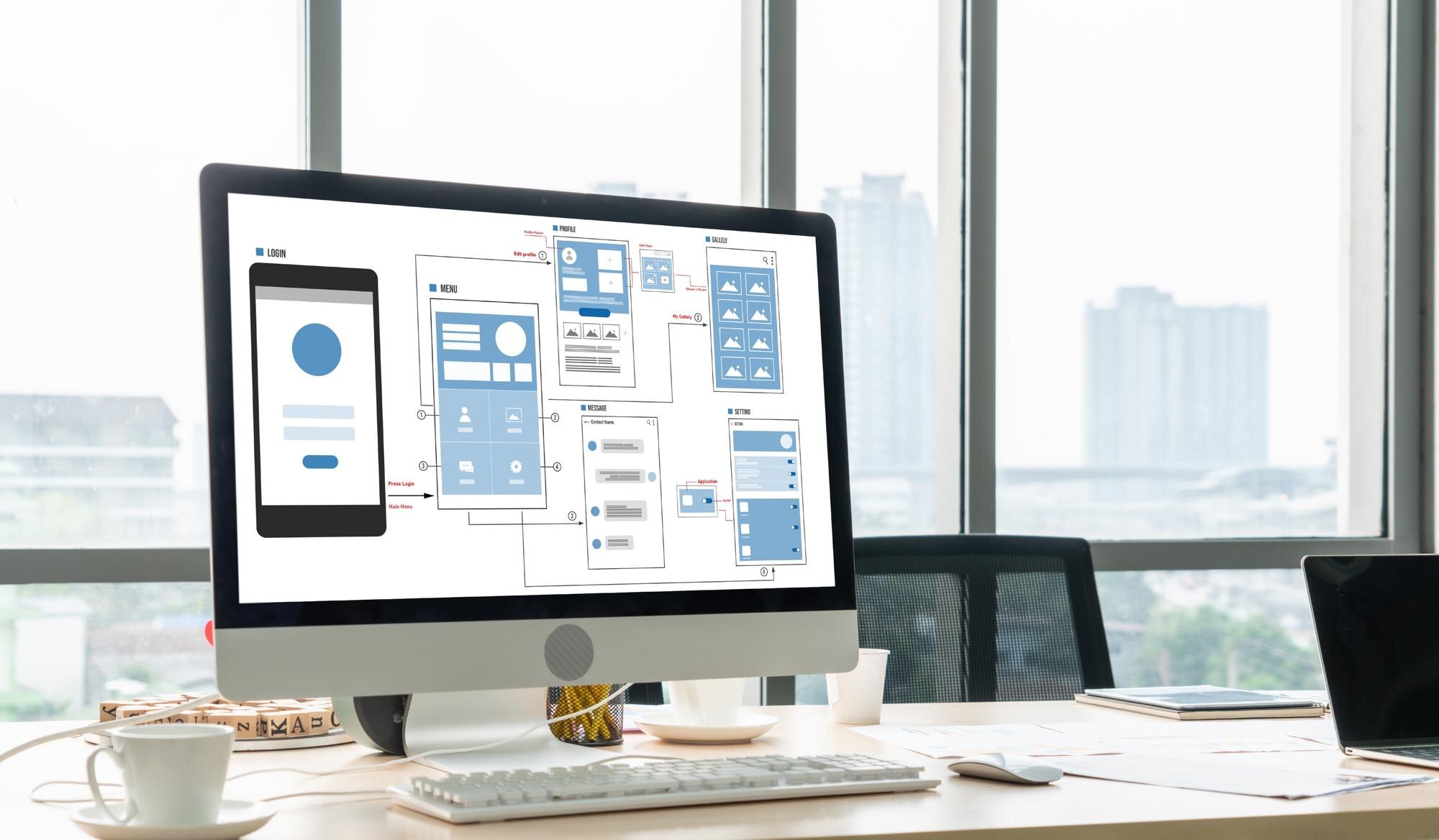
Just like a top employee, your website needs ongoing training and optimization to perform at its best. Let’s explore key strategies for maximizing your website’s effectiveness.
Effective Calls-to-Action
Calls-to-Action (CTAs) are crucial for guiding visitors towards desired actions. Effective CTAs are:
-
Clear and concise
-
Visually prominent
-
Strategically placed
-
Action-oriented
Test different CTA designs, placements, and wording to find what works best for your audience. Remember, the goal is to make it as easy as possible for visitors to take the next step in their journey with your business.
Prioritizing User Experience Design
User Experience (UX) design focuses on creating a positive, intuitive experience for your website visitors. Key elements include:
-
Logical information architecture
-
Consistent design elements
-
Readable typography
-
Accessible color schemes
-
Responsive layouts
Regularly gather user feedback and analyze site metrics to identify areas for UX improvement. Small changes can often lead to significant improvements in user satisfaction and conversion rates.
Integrating Ongoing SEO Updates
SEO is not a one-time task but an ongoing process. To keep your website performing well in search rankings:
-
Regularly update and optimize your content
-
Monitor and improve site speed
-
Ensure mobile responsiveness
-
Build high-quality backlinks
-
Stay informed about search engine algorithm updates
By consistently applying these strategies, you can maintain and improve your site’s search engine visibility, driving more organic traffic to your business.
